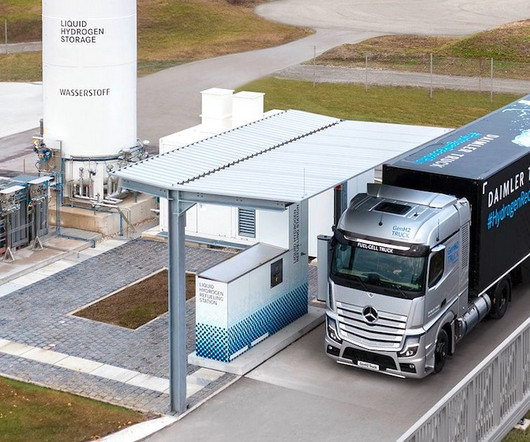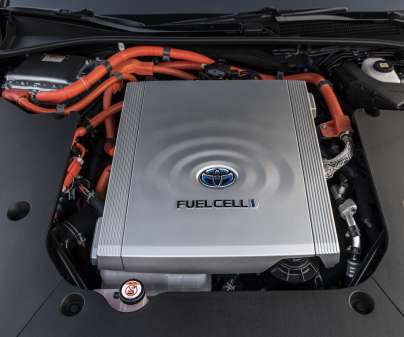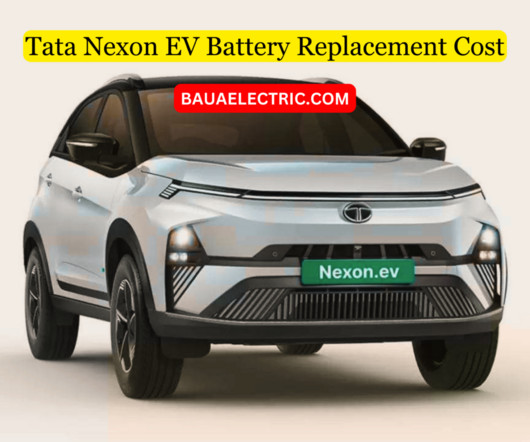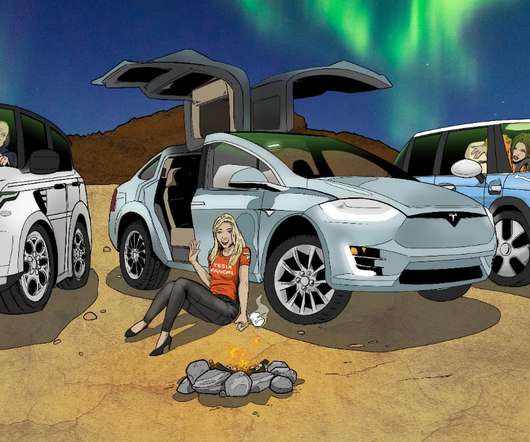Daimler releases ‘open source’ hydrogen fueling standard for heavy trucks
Baua Electric
FEBRUARY 9, 2024
Engineers from both Daimler and Linde have co-developed sLH2, a new process for handling and storing sub-cooled liquid hydrogen – an approach that allows for a higher hydrogen storage density, faster refueling, and superior energy efficiency than gaseous hydrogen. The best part? At the same time, refueling capacity is increased to new levels.






















Let's personalize your content